Ourense: thermal city
Hello everyone, one day later!
This time I am going to talk to you about the city of Ourense.
For those who aren't from Galicia, maybe you haven't heard of it, but it is known as the thermal city of Galicia. This is due to its origin being linked to thermal waters as this was exactly what attracted the Romans, who founded some "civitas" in the heat of the well known As Burgas springs.
Even though I live in Cangas, I have been studying in Ourense for 3 years now, so I know the city quite well. I will tell you what are some of the places in the city that you can't miss out on if you ever visit Ourense.
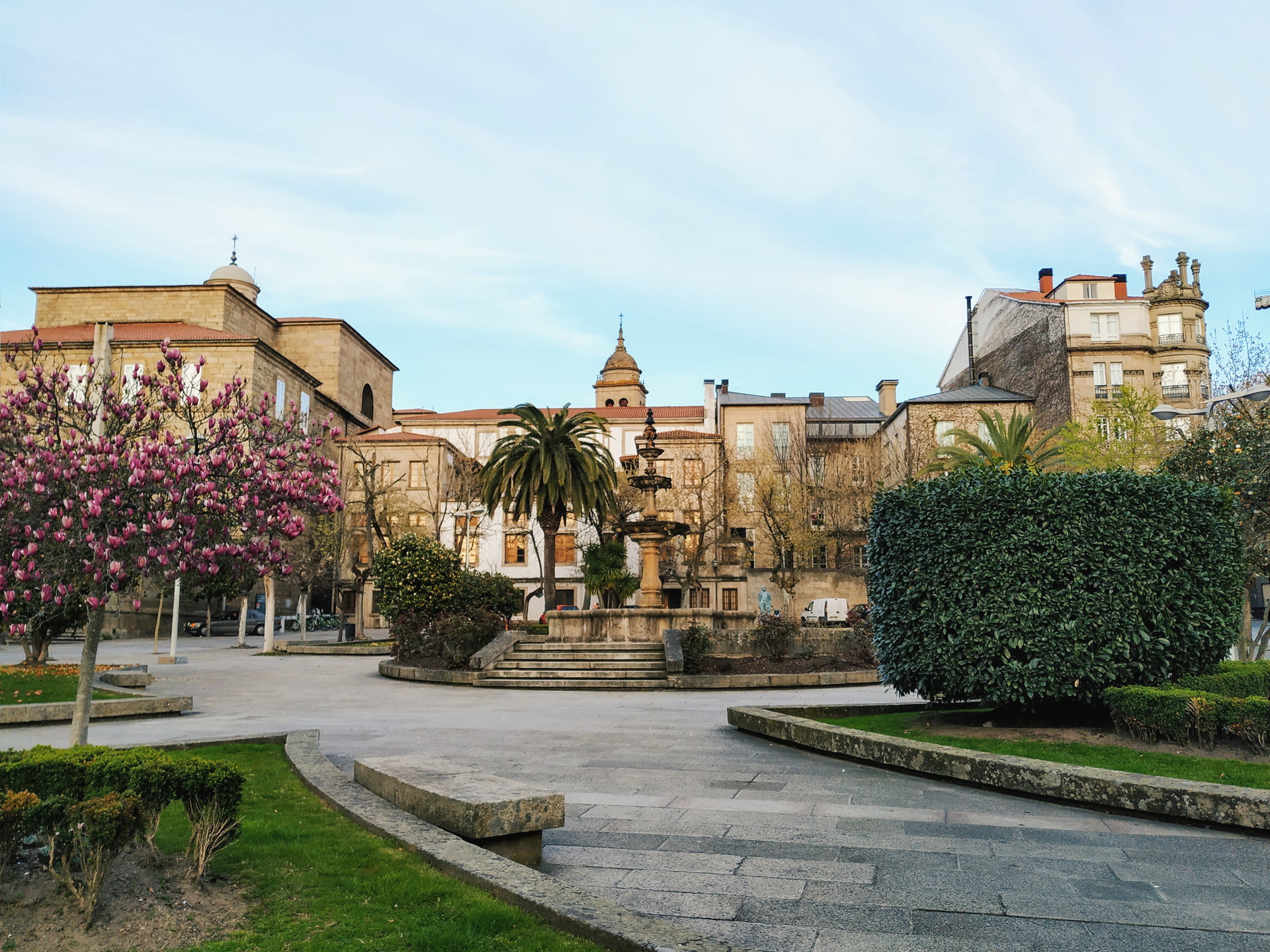
This city, which is more than 2, 000 years old, offers us an important cultural heritage, and it is very pretty to go along the river Mino which crosses the city and admire the different bridges that cross it.
Also, it is true that in the summer it can become a bit hell-like to live in Ourense, as the heat is quite a lot hotter than in the coastal zones of Galicia where it is a lot more bearable. So, it is not a bad idea to refresh yourself in the river or go for a dip in one of the public pools in the city.
Now I am going to talk to you about all the hidden corners of Ourense that you can not miss out on.
Roman Bridge
This is the most well-known bridge in the city and it is also the most important one, since it was the first one that was built in the city so it is also known as the Old Bridge. It is from Roman origins, but it has been rebuilt several times so it is not too similar to the original.
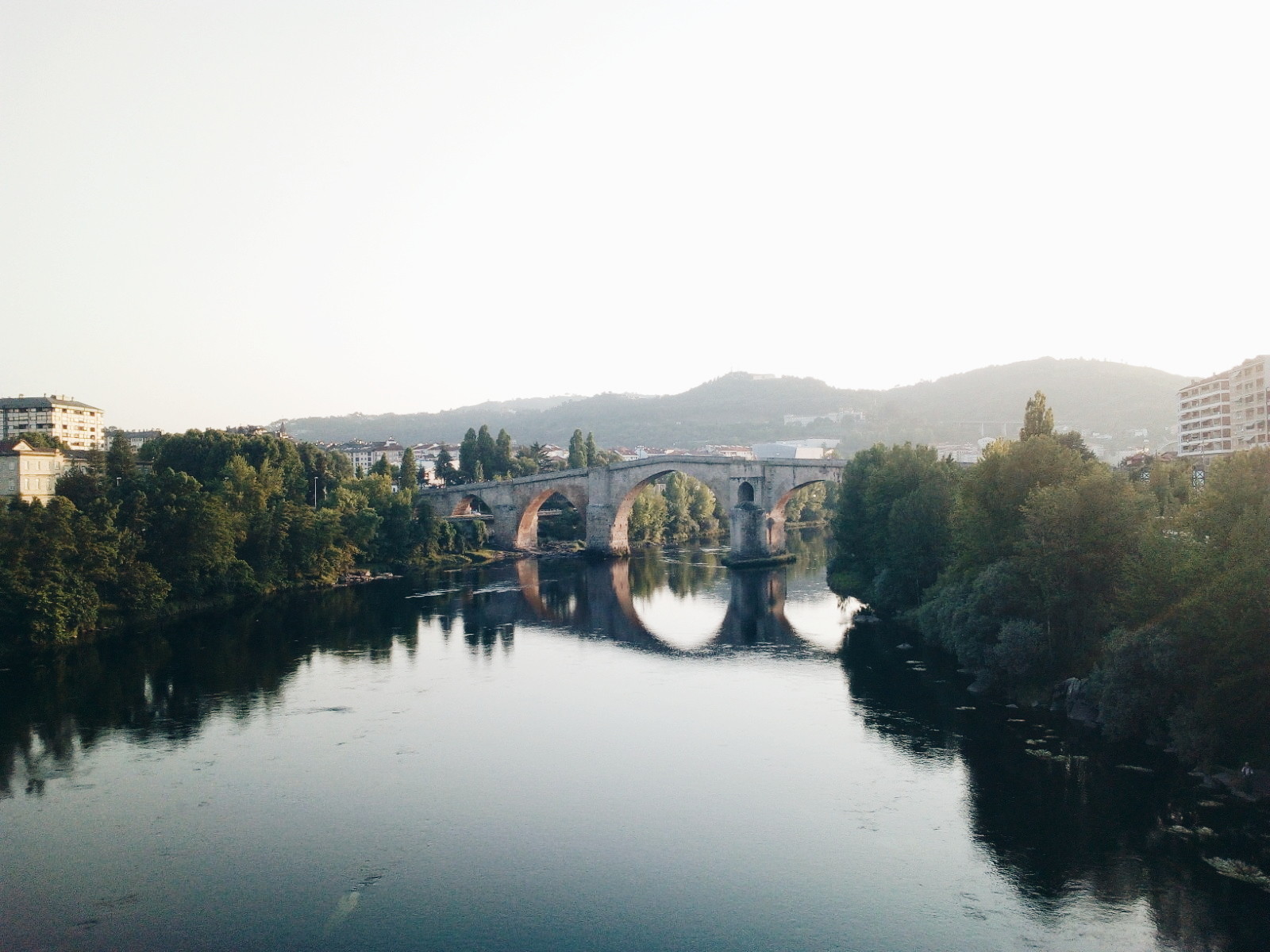
It is a kind of symbol of the city and from it, you can see, to the side, the also well-known Millennium Bridge; and towards the other side there is the New Bridge, which is the second bridge that was built in the city.
It is one of my favourite places in the city and lots of people enjoy the sunny days to lay in the grass at the foot of the bridge and relax next to the river.
Oira public pools
Ourense has a very different climate to the Rias Baixas area where I live. In winter, it is usually colder than in the more coastal zones; and in summer, the heat is unbearable. However, the temperatures are far more extreme when you are inside the city.
It is very usual that a lot of people who live in Ourense will go to spend the summer in a more refreshing coastal zone, particularly the area Sanxenxo. In fact, I studied here and I only stayed here until the end of May or the beginning of June, for at the start of May, the heat starts to become unbearable. I can't imagine what it would be like in the middle of August.
Anyway, those that stay to spend summer in Ourense have the option to go for a swim in some areas of the river (even though the water is usually freezing) or go to one of the public pools in the city.
I went to two of these: the pools in Oira, which I will talk to you about first, and those in Monterrei.
The pools in Oira only open in summer and they are very close to the centre of Ourense and the university campus, although there are also buses that take you there.
It is situated in a kind of sports complex where there is quite a big green area where you can sunbathe, as well as a river beach and a football pitch. It is quite pretty as it is just to the side of the Mino river.
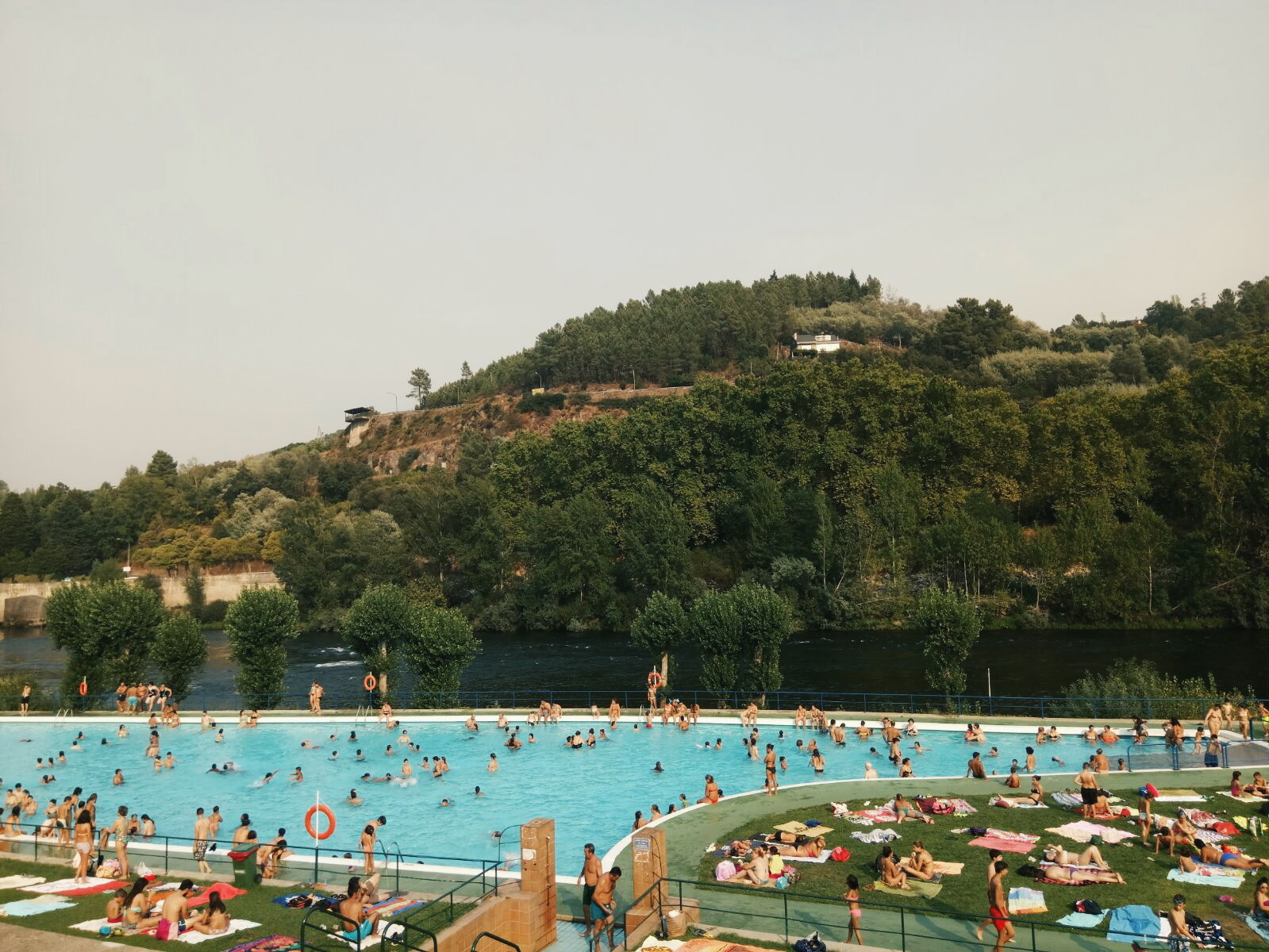
It is incredible how busy it gets in summer, in fact, when I went it was still the beginning of June and a weekday, so it still wasn't too crowded, but usually it is so crowded that you can barely fit a needle there.
There are two quite big pools. One is an oblong one for adults and the other is a circular one for children. Near here, there is a bathing area as well, next to the river, but there is barely enough room to lay down.
The opening hours for these pools is from 11 am till 9 pm every day. Access is free.
Public pools in Monterrei
In terms of the pools in Monterrei, they are a bit further away from the centre; in fact you have to go there by car since they are located in the area of Pereiro de Aguiara, which is around 9 km from the centre of Ourense. We went there from the centre and it didn't take us more than 15 minutes to get there.
When you get there, there is a quite big area where you can park the car. These pools host loads of people during the summer, in fact, when we went it was super full. At least the place is quite big, with a green area where you can lay down which is quite big and 6 pools altogether.
In these Monterrei pools, there is quite a lot more variety since one of the pools has a wave machine, the other one has a slide, etc. There is also a cafe and a barbecue area.
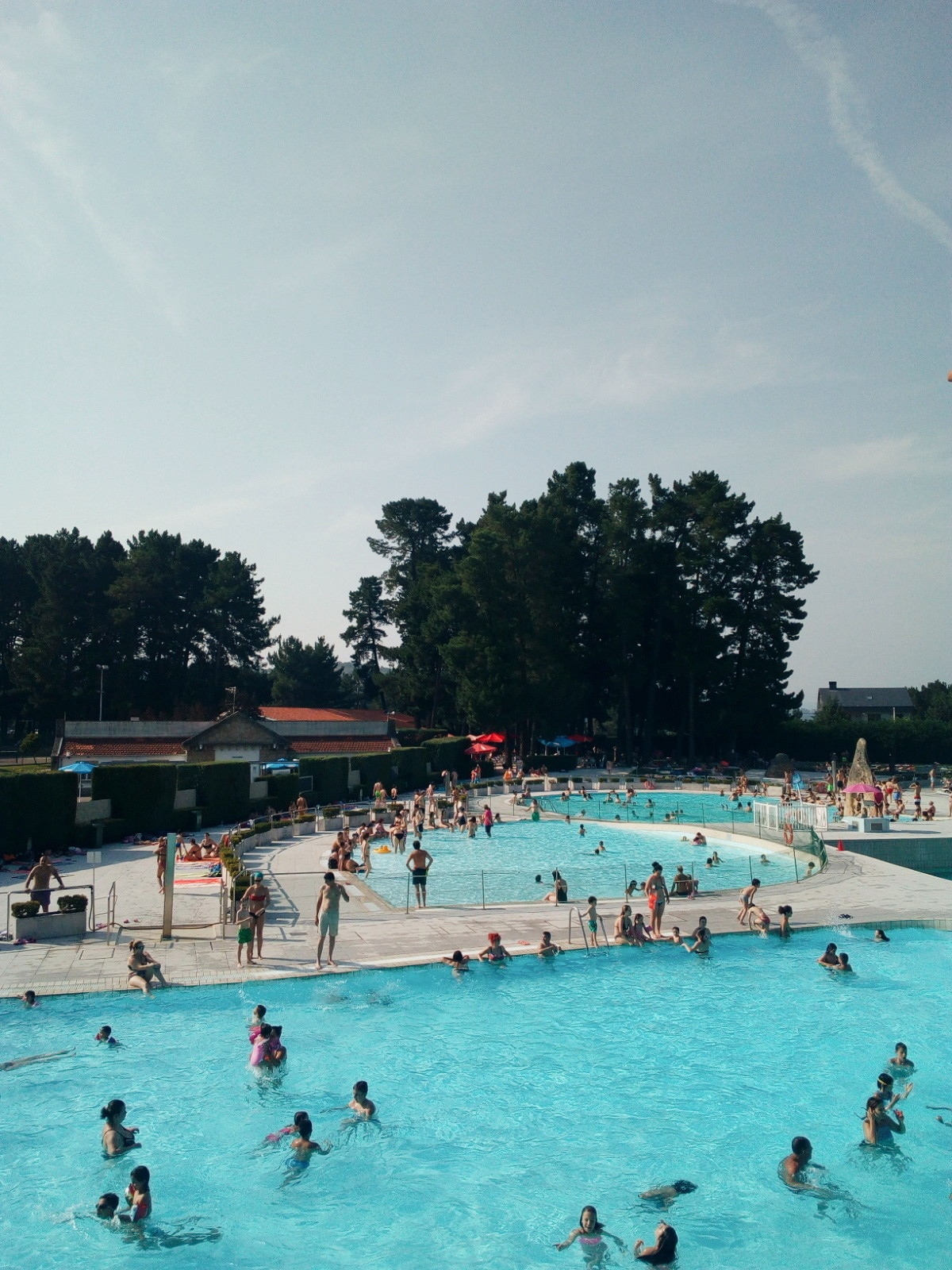
The opening hours are from noon till 9 pm. In these pools you have to pay, but it is just 2 euros 30 for an adult and 1 euro 30 for children. It was really funny because when my friends and I went there two years ago, we were 20 years old, and without asking they immediately charged us the children's price.
Milennium bridge
This bridge is another one of the symbols of the city, specifically from the 21st century, since it was installed in the year 2001. It was designed by Álvaro Varela y Juan M.Calvo and was built on a concrete and steel base.
It is a bridge which cars drive on but it also has a pedestrianised passage which is elevated 22 metres elevated above river height in a really characteristic way, and you are able to view the city from it.
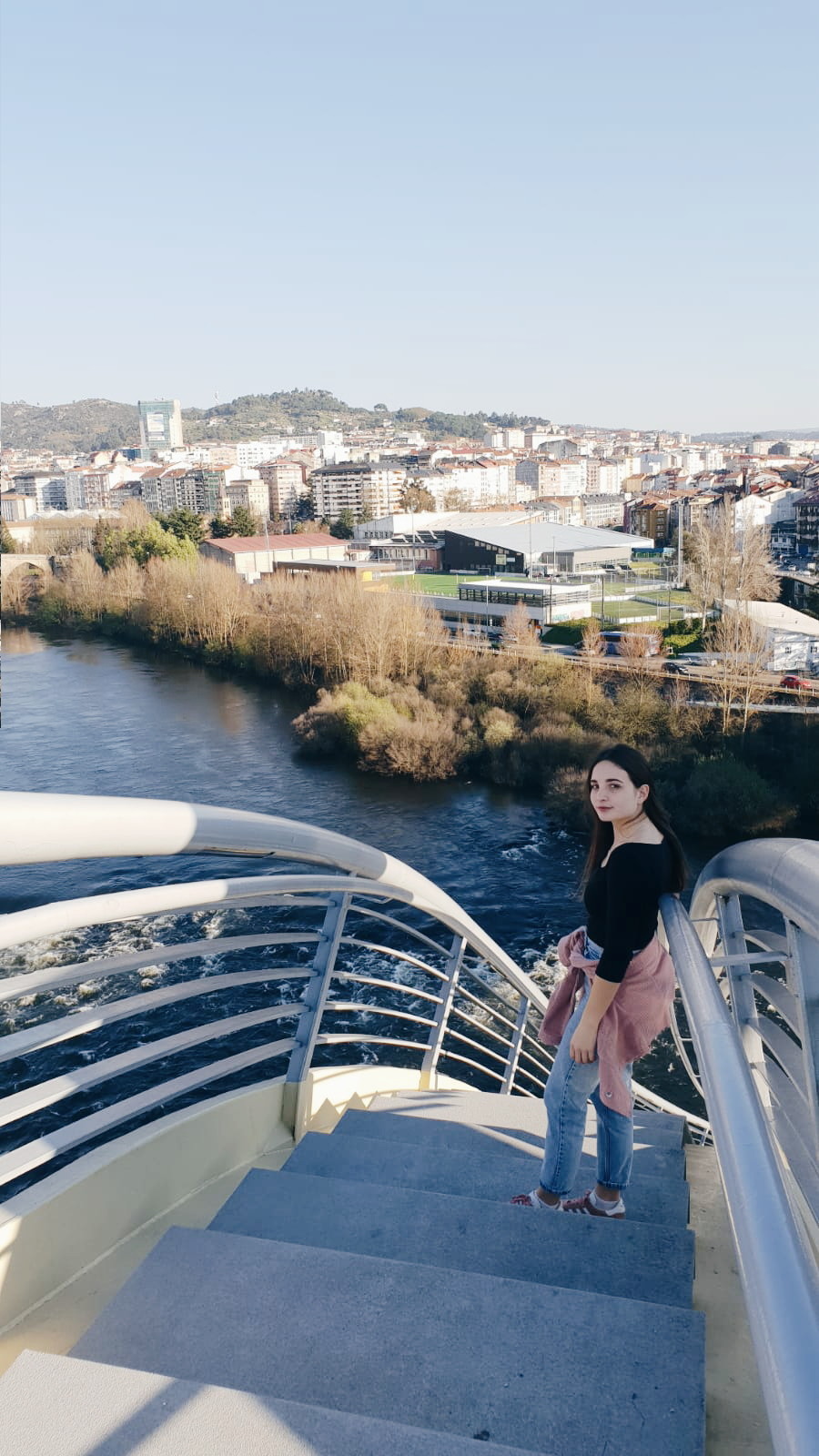
For those who are a bit afraid of heights, it might make you a bit nervous to go to the top of the stairs, but the views of the city and the river make it worthwhile. It is very normal to see people going to run along the river and who go up and back down all the stairs of the bridge to sweat it all out.
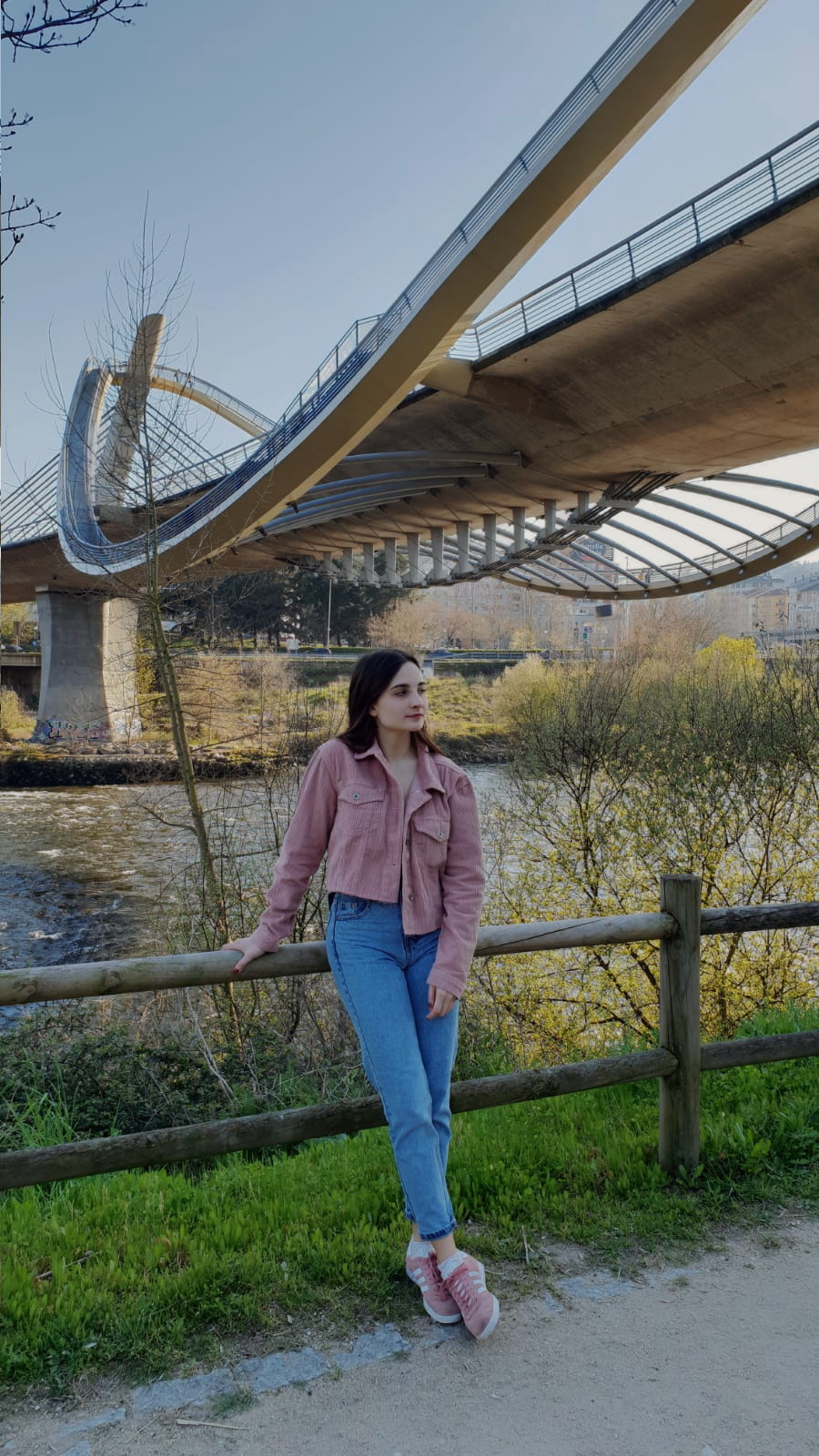
Plaza Mayor
This square is definitely the most important one in the city since it forms the heart of the historic quarter and it is the main meeting point.
Here, you can find some of the most important buildings such as the Town Hall, which was built in 1889, and the old Episcopal Palace which is now the headquarters of the Archaeological Museum of Ourense. In all of these buildings that surround the square, there is a series of arcades with numerous bars, restaurants and terraces where you can have a drink and enjoy the atmosphere, since it is one of the most lively areas in the city.
This square has something strange about it, for it was built on ground that was not completely flat, so it is a sloped square. It is said that it is the only central square in Europe with these features.
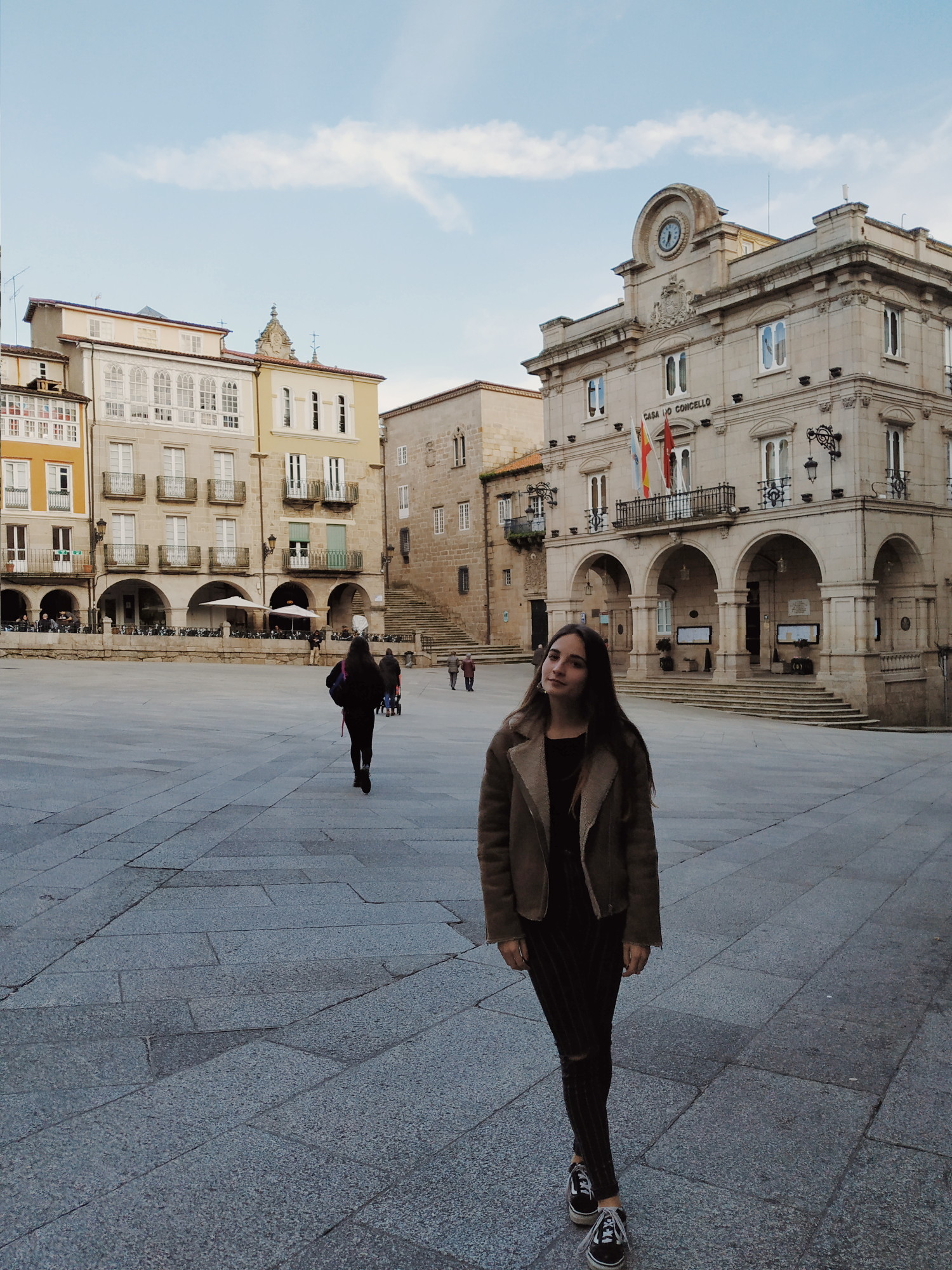
From this square, we can also find some squares that take us to the front of the Igrexa Santa María Nai, where it is believed the first cathedral in Ourense was situated.

Iron Square
In Spanish, it is called Plaza del Hierro or Iron Square, which is because it was where they used to hold the markets where the iron-makers from different areas in Galicia would mainly sell their products at.
From this square, there are many streets which are filled with tapas bars, which is know as the tapas area. In the past, in both this square and the streets where it leads onto, writers such as Vicente Risco, Otero Pedrayo or Eduardo Blanco Amor lived or were born there.


In the centre of the square, there is a pretty fountain linked to the ends of the 19th century from the Monastery of Santo Estevo de Ribas de Sil.
Thermal pools in Outariz
These thermal baths are probably the most famous things in the city and the truth is that, for me, they are my favourite things here too.
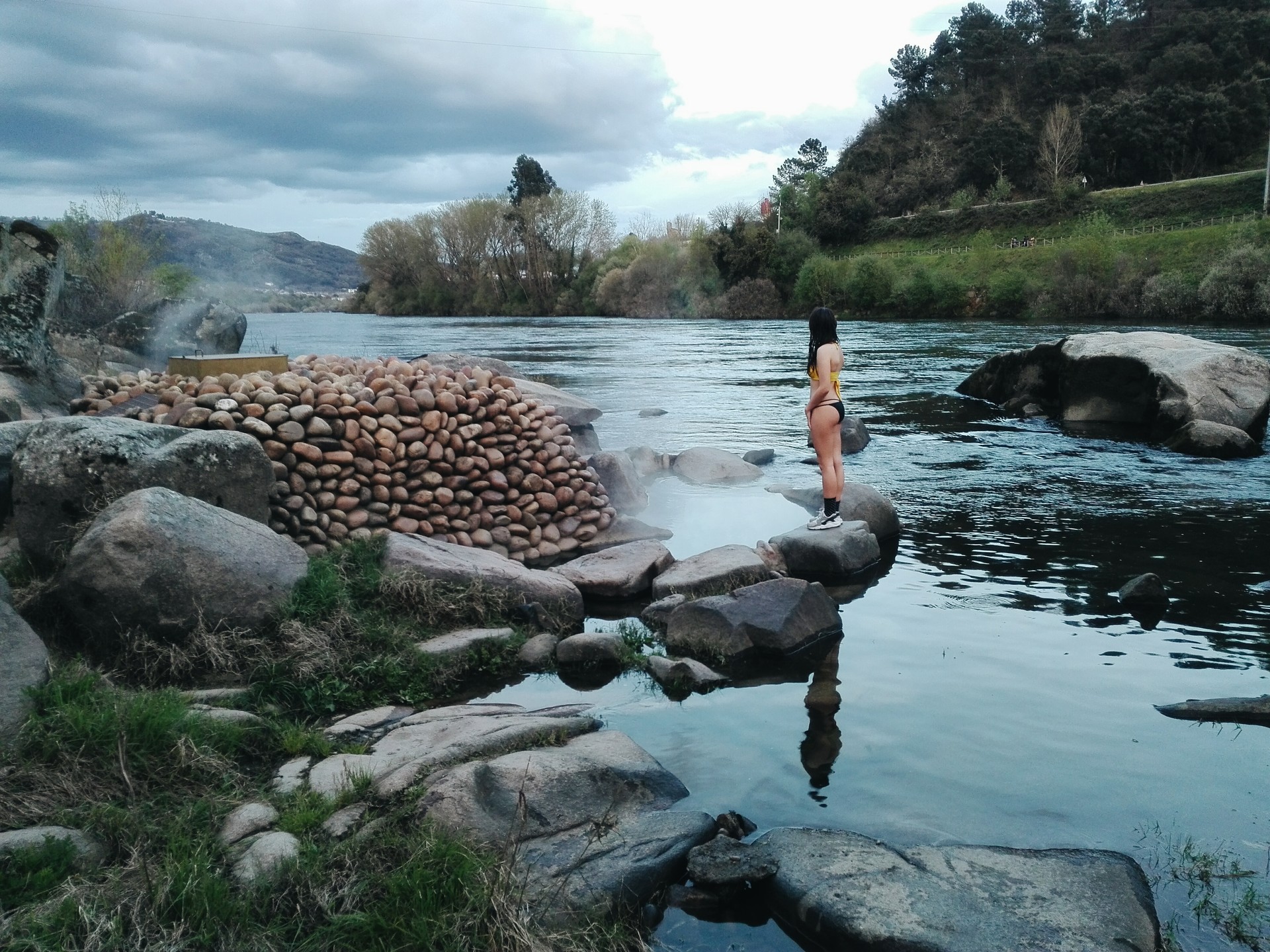
The bad thing about them is that they aren't as central as the ones in Chavasqueira, in fact you have to go there by car or get a bus to get to them. There is one that goes from San Lazaro park and it leaves you really nearby to them, you just have to walk around 5 minutes to get to the bridge which crosses the river, and just in front of that are the thermal baths.
There is also a kind of tourist train which stops in the same place and takes you directly towards the entrance for the same price, if I remember rightly. The bad thing is that it is quite slow so it takes longer than it would taking the bus or car but it can always be an opportunity to be able to go there whilst enjoying the landscape next to the Mino river.
Similar to the ones in Chavasqueira, there is a quite big free area just to the side of the Mino river and another one that you pay for to the side.

I went to both and to be honest the free area is really good, and you don't need to pay in order to enjoy a nice day at the baths. But the ones that you pay for aren't excessively expensive and they give you more possibilities of things to do and the facilities are great.
You have to bring flip flops, a swimming costume and a towel. There is also the option to buy it there, although I have never done that, the prices are probably a rip-off.
Chavasqueira thermal baths
These thermal waters are the nearest ones to the city centre and therefore they are the ones that get the busiest. The earliest in summer that I have been to them has been at the start of June and the end of September, but both times they were crowded.
There is a green zone where you can lay down and sunbathe, but if you don't go early it is almost impossible to find a spot.
There is a free area and a private one. For the last one, I referred to the free ones instead; I imagine that the private ones would not fill up as much but the truth is that I have never paid to enter. From what I have heard they are good too, but it is better to pay for the ones at Outariz which I talked to you about before.
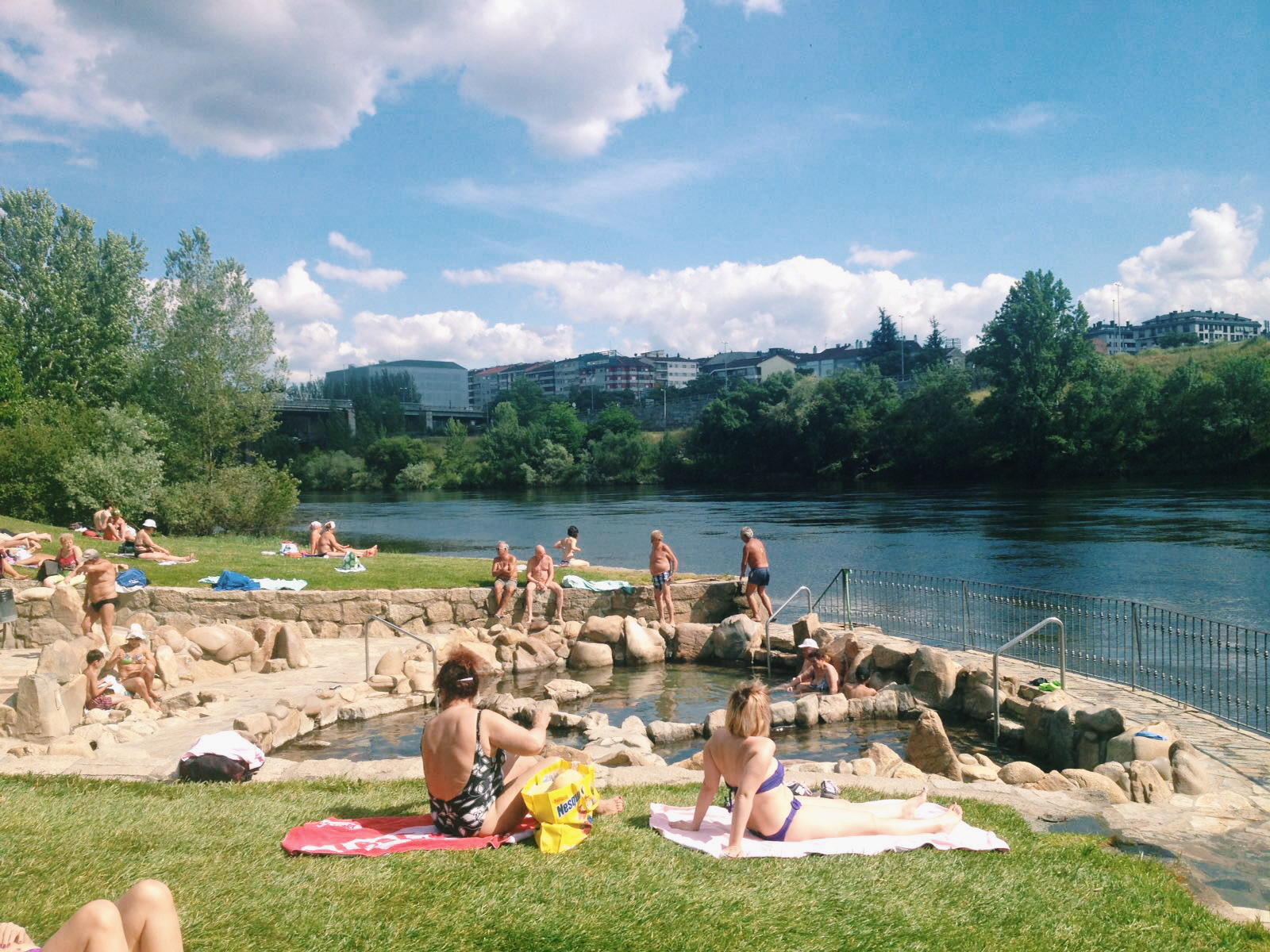
In these pools, you can relax with health benefits as these waters have a huge amount of medicinal properties.
It is very common in summer to see lots of people with small bottles that they go and fill up with the thermal water which they then they pour it over their bodies whilst sunbathing, as it is said that this water also helps you to get a tan. It must be true because when I went, everyone was super brown!
Walk by the river
There is an established route known as the "Thermal route of Mino" which is a 5 km long pedestrian train which goes from the thermal area of Chavasqueira towards the Reza fountain, but the truth is that the route along the river itself is even longer.
You can go along the riverbank on the right of the river from the Oira pools to this last stop at the Reza fountain, going through the thermal area of Muino da Veiga and the Outariz thermal station.
Also, for all these thermal stations that we are going to come across during the walk, it is worth it because you can go along looking at all the bridges crossing the river as well as going along enjoying all of the scenery around the river.
It is very common to see people walking, running, or cycling down this route.
Montealegre Botanical Park
It is a big wooded park at the top of the city.
I have now been there a couple of times and it took me about 30 minutes to get there going from the university campus in the city. From the centre, it might take a bit longer, but you can get there perfectly by foot going for a walk. Saying that, as we got closer, the uphill slope made it harder. You can also go there by car, in fact, there is a small car park at the park entrance.
This park has a research reception centre and an outside auditorium, as well as a greenhouse which, at least for me, I couldn't access it the last two times that I went there. But without a doubt, my favourite place in the park is its viewpoint next to the Montealegre cross.

From this viewpoint, you are able to see the whole city and its surroundings. Just here there is a bank where you can sit and simply just enjoy the views.

Also, in the park, through the year, they hold visits, workshops and different educational activities which are quite interesting.
The park opening hours are:
- From November to February: from 10 am till 6 pm
- In March, April and October: from 10 am till 8 pm
- From May till September: from 10 am till 9 pm
Important! Every single Monday the park stays shut. You can access it for free.
San Lazaro Park
This park is one of the most visited areas in the city, and there are also lots of bars and shops where it is located. The truth is that it is one of my favourite areas in the city where you can sit down and have a coffee.
Also, this park has important sculptures and in the centre there is a really pretty fountain surrounded by banks and trees.
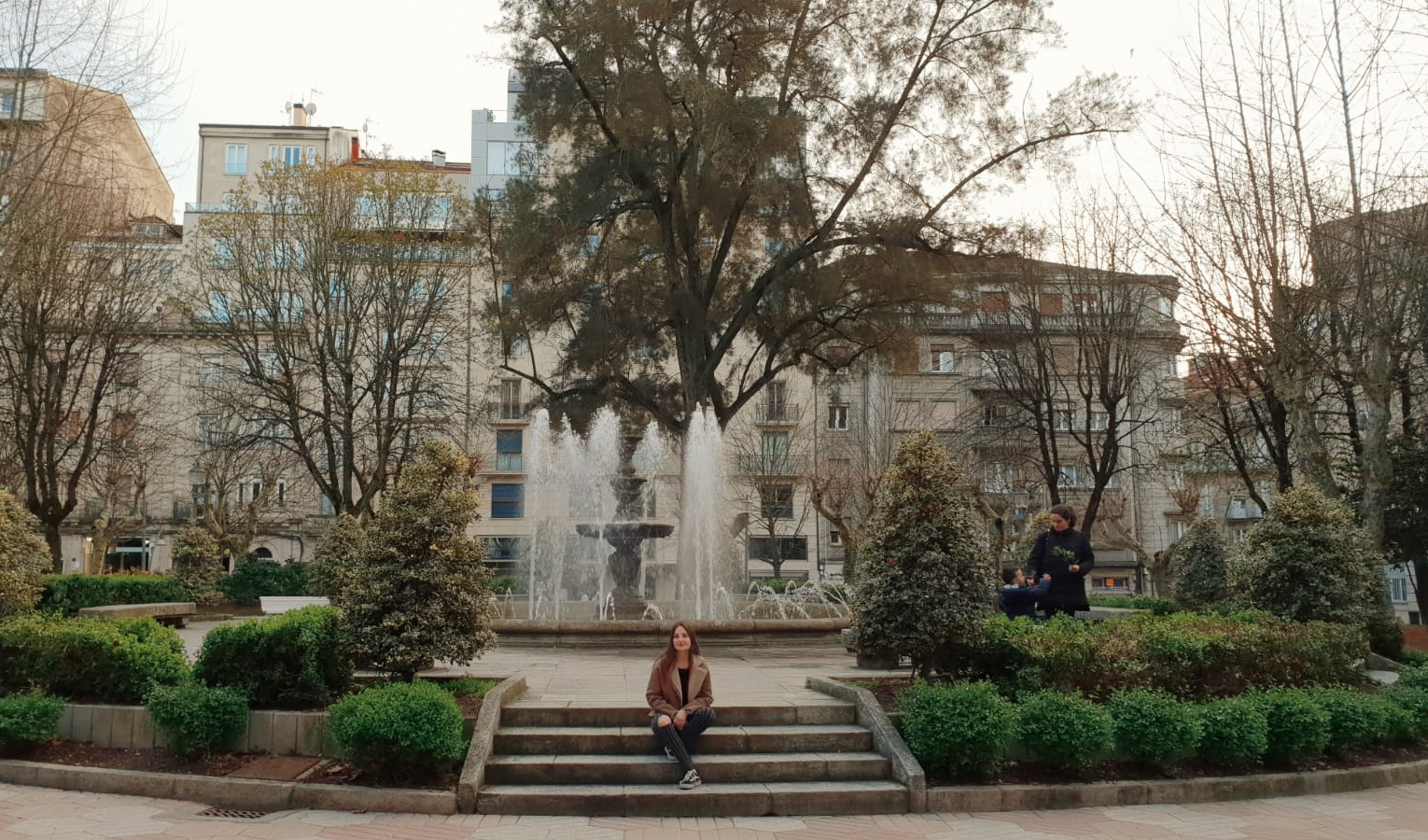
This is also where different city buses stop, and specifically the bus which goes to the thermal waters in Outariz.
Plaza do Trigo
This square is where they used to hold the cereal market, which is what it says on the tin.
The 18th-century fountain in the centre stands out, as well as the doorways and several of the noble buildings which surround it.

Ourense Cathedral
The Ourense Cathedral was constructed in the 13th century. It is considered the second most important medieval temple in Galicia (of course after the Santiago Cathedral) and one of the most important Roman buildings on a national level.
On its outside, its roman doors, its three towers and especially its main front stand out. Inside, the Pórtico del Paraíso definitely stands out, since it was built 50 years after the Portico of Glory of the Santiago de Compostela cathedral and in fact, it is a more simplified replica of this. We also can't miss out on the Capilla del Santo Cristo or the Main Altar and it's altarpiece.
As Burgas
As Burgas are the most famous thermal springs in Galicia. The water of these Burgas has been beneficial throughout history for its thermal and medicinal uses. But as well as that, you can also use it to wash clothes because the tanners will work on the leather; and they even tried to use these waters for the heating system for some houses in the neighbourhood, but in the end it didn't work.
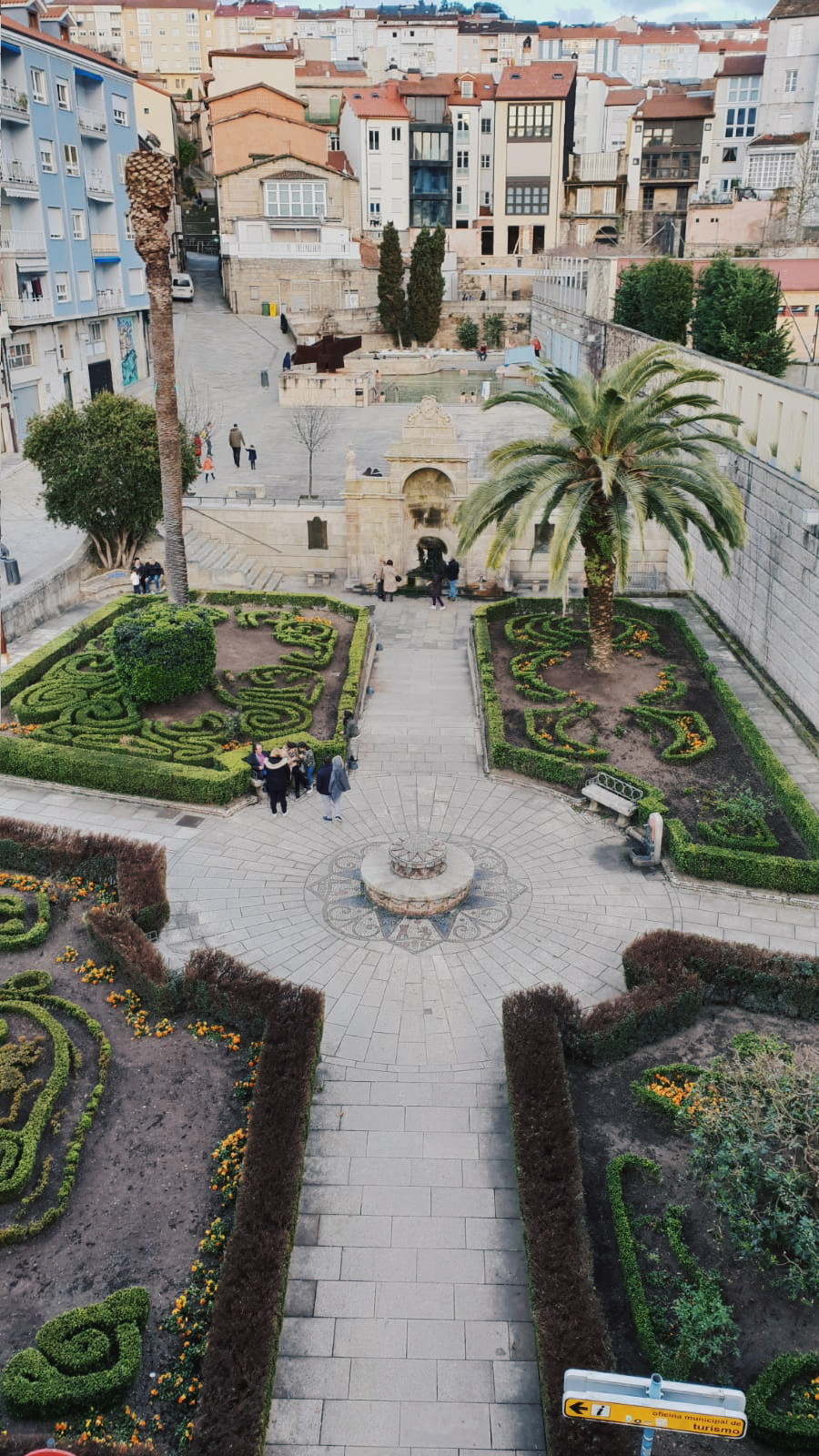
It is made up of three water sources situated on three different levels. On the bottom one, you can find the Abaixo Burga, which is the most well-known out of all of them and it is surrounded by public gardens. Also, this Burga is where the water is 67 degrees Celsius with beneficial properties for the skin and bones. The Burga do Medio is the next one, and in it you can find the Thermal Interpretation Center and a modern thermal pool. In the highest part, there is the Burga de Arriba, which is the oldest of the three.
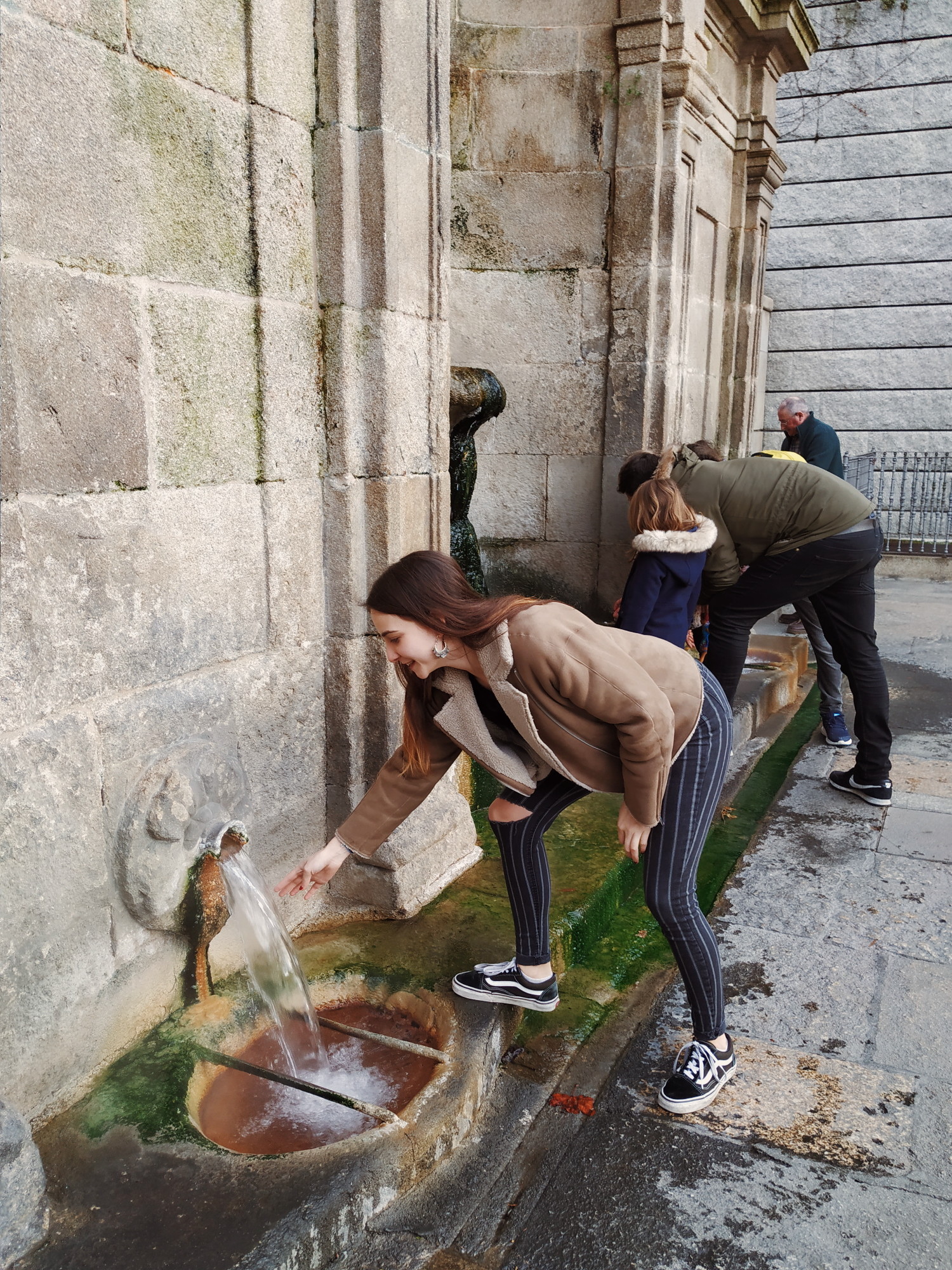
Also, in the upper part you can find the archaeological remains of the original Roman thermal baths.
Posio Park
Originally, it was a botanical park that held over 200 different species.
Now, in my opinion, it has lost all of its charm and it isn't that well looked after.
The stand out features are its pond filled with ducks and a real turkey, a children's park and the monument of the writer Lamas Carvajal. There is also a cafe with a terrace where you can have a drink.
And this has been everything about Ourense! I hope that once again you have liked this post and that it is helpful.
Thanks for reading!
Photo gallery
Content available in other languages
- Español: Ourense: ciudad termal
- Italiano: Ourense, città termale
Want to have your own Erasmus blog?
If you are experiencing living abroad, you're an avid traveller or want to promote the city where you live... create your own blog and share your adventures!
I want to create my Erasmus blog! →

































Comments (0 comments)